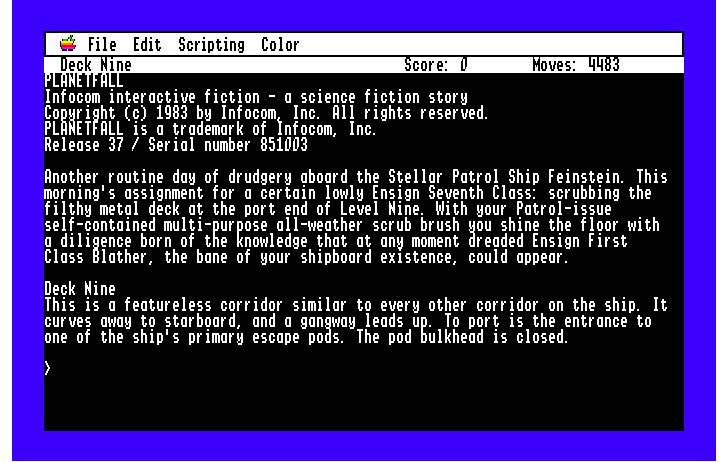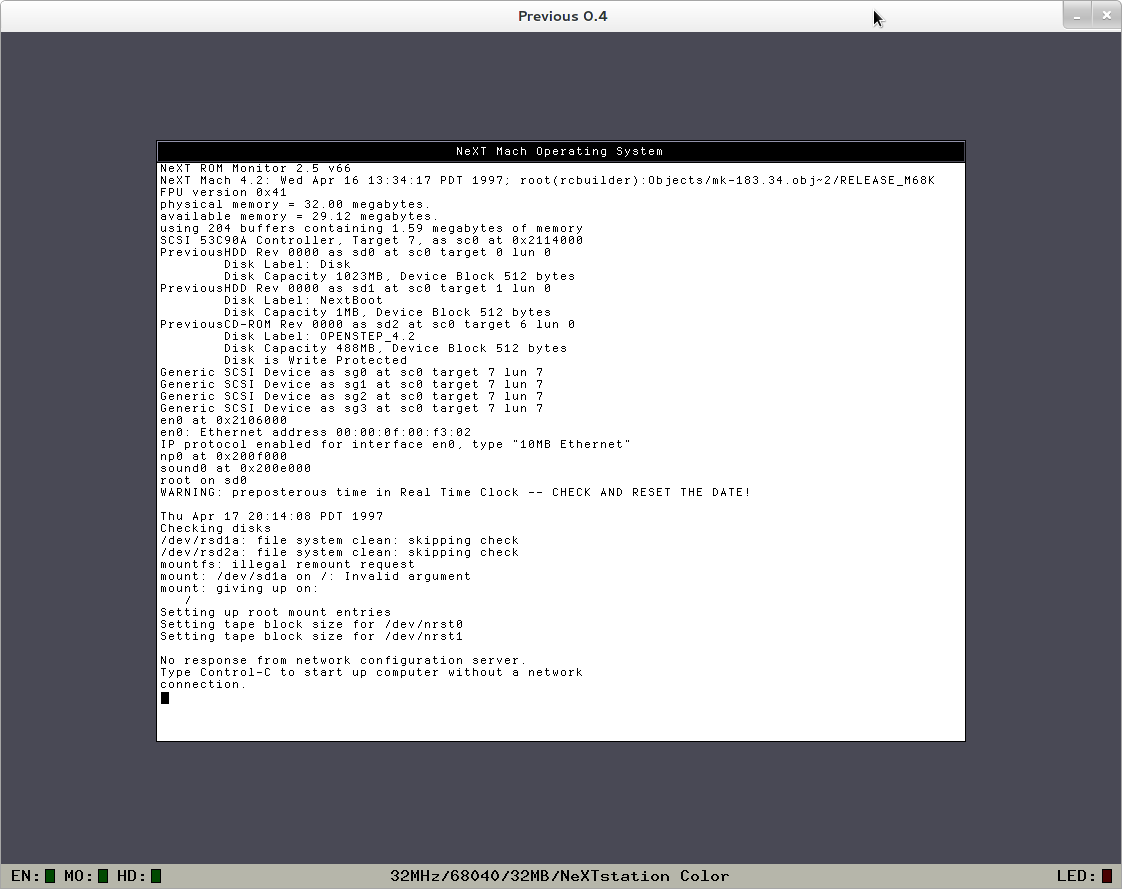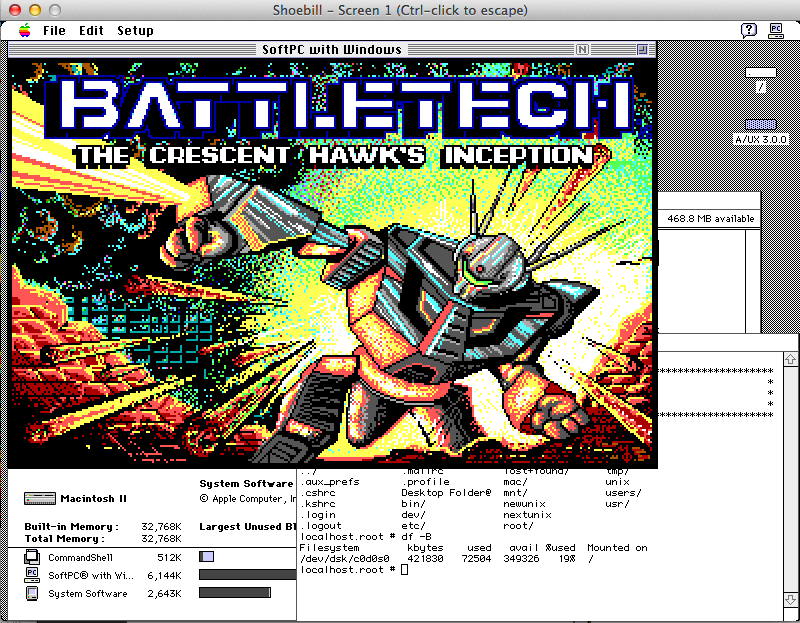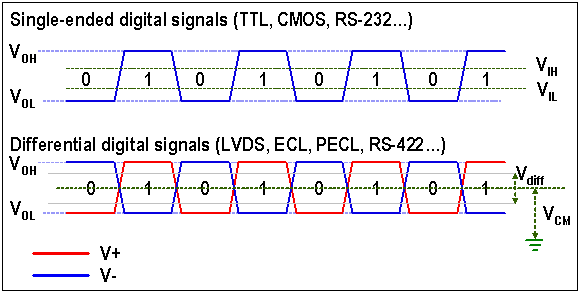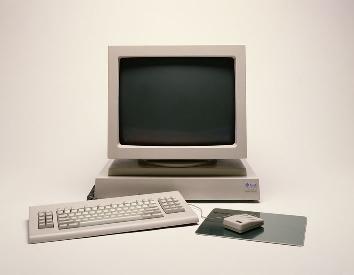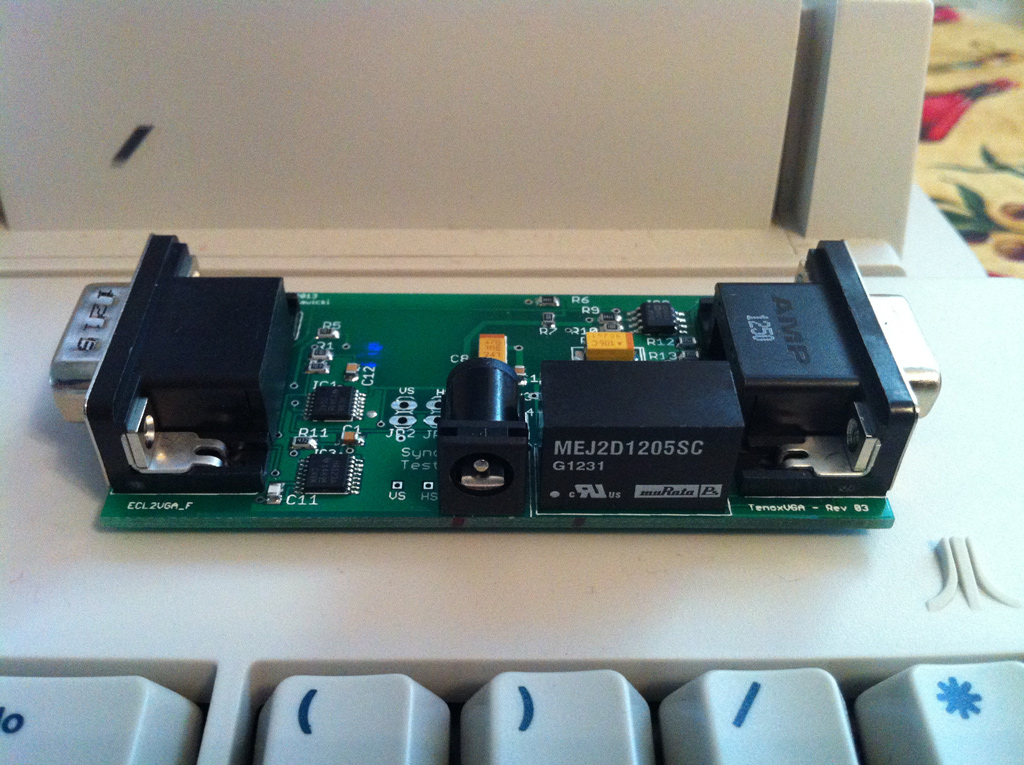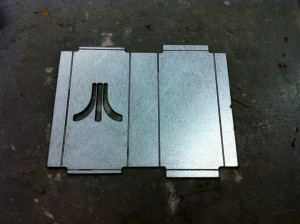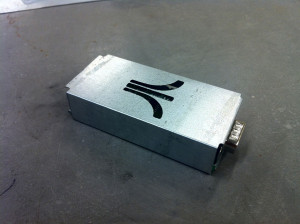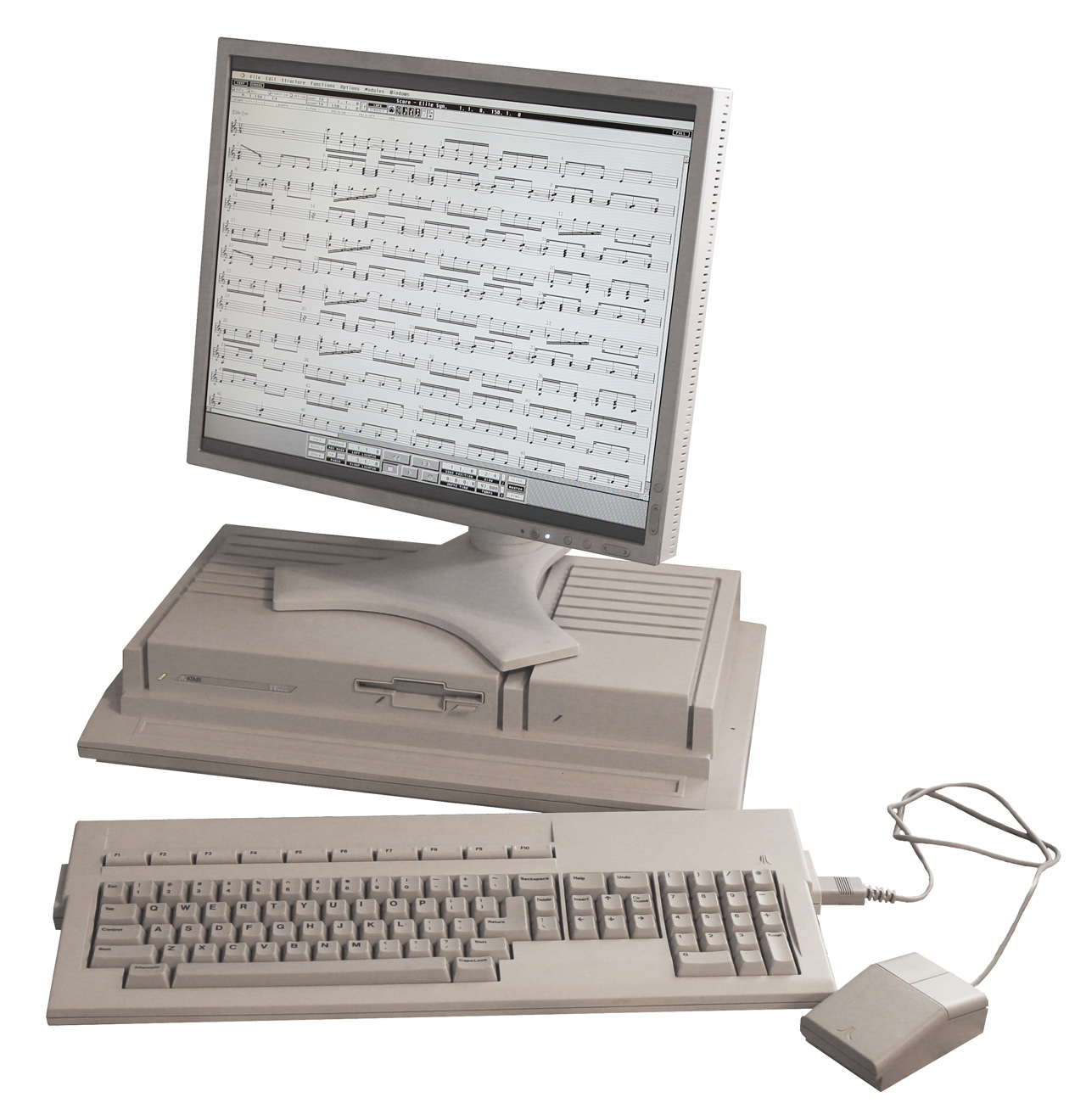Lots of big changes headed for the 2.0 release. Â From the change log:
Incompatible changes
- All onboard buses now have distinct names, so that all of them can be reached with “-device bus=…â€. As a result of this, some buses that used to have duplicates got renamed:
- i2c-bus.0 to i2c-bus.1 for machines n800, n810;
- virtio-mmio-bus.0 to virtio-mmio-bus.3 for vexpress-a15, vexpress-a9;
- virtio-mmio-bus.0 to virtio-mmio-bus.31 for virt;
- usb-bus.0 to usb-bus.1 for xilinx-zynq-a9, fulong2e;
- ide.0 to ide.1 for isapc, mips, g3beige, mac99, prep;
- This change requires care when doing migration from 1.x to 2.x QEMU; you need to specify bus=NEW explicitly on the destination for devices on the renamed bus.
- Another bus rename is pci to pci.0 for pseries. This does not require as much care on migration; if you were specifying “bus=pci†explicitly, QEMU will not start unless you change that to “bus=pci.0″.
- qemu-system-arm no longer defaults to the obsolete “integratorcp†if no machine is specified on the command line (this was a recurring source of confusion). Users with existing integratorcp images will need to add “-M integratorcp†to the command line if it is not already present.
Future incompatible changes
- Three options are using different names on the command line and in configuration file. In particular:
- The “acpi†configuration file section matches command-line option “acpitableâ€;
- The “boot-opts†configuration file section matches command-line option “bootâ€;
- The “smp-opts†configuration file section matches command-line option “smpâ€.
- Starting with QEMU 2.1, -readconfig will standardize on the name fo the command line option.
ARM
- Support for “-M virtâ€, a board type that only uses virtio devices
- Support for “-cpu host†when running under KVM
- Support for new 32-bit mode ARMv8 instructions in TCG
- Support for all 64-bit mode ARMV8 user-accessible instructions except for the optional CRC and crypto extensions
- Support for AArch64 disassembling (requires a C++ compiler to be installed on the host)
- Initial support for KVM on AArch64 systems (some features such as migration are not yet implemented)
- Support for the Canon PowerShot A1100 DIGIC board using “-M canon-a1100″
- Support for the allwinner-a10-based board “-M cubieboardâ€
- Support for flow control in the Cadence UART
- “integratorcp†is no longer the default machine (see the ‘incompatible changes’ section above)
Power
- Support for Altivec 2.07 and VSX instructions when running under TCG
- Support for ISA 2.06 “load/store quadword instructionsâ€, “divide extended instructions†and “floating-point test instructions†when running under TCG
- PReP is not anymore (incorrectly) included in qemu-system-ppcemb
- Improved support for “-nodefaults†on the pSeries machine. Display devices created with “-device VGA†will be handled correctly in the device tree.
- Support for boot order in pSeries emulation
s390
- Support for adapter interrupts in virtio-cc2
SPARC
- Support for Sun CG3 framebuffer with the Sun4m machine. The CG3 framebuffer can be requested with “-vga cg3″.
- Support for the CASA compare-and-swap instruction in TCG.
x86
- On the Q35 machine, the HPET interrupt can now be attached to GSIs 16-23, like on real hardware.
- The Q35 machine now supports CPU hotplug.
- Two flash chips can be specified using the “-drive if=pflash†or “-pflash†options twice.
- Memory layout has changed slightly; to improve performance, the PIIX4 machine (“-M pcâ€) now has 3GB of low memory instead of 3.5GB if the guest has more than 3.5GB of memory. Similarly, the Q35 machine (“-M q35″) now has 2GB instead of 2.75GB of low memory if the guest has more than 2.75GB of overall memory.
- Support for migration of Intel MPX registers.
- The Apple SMC device is now exposed in the ACPI tables.
- On the PIIX machine, PCI hotplug now supports devices behind a bridge (only for bridges not added by hotplug; hot-plugged bridges can still use the PCI Standard Hot-Plug Controller).
- Support for the Hyper-V reference time counter via the “hv-time†suboption of “-cpuâ€. This can improve performance of Windows guests substantially for applications that do many floating-point or SIMD operations. (Requires KVM and Linux 3.14).
- The distributed qemupciserial.inf file now allows installing multiport PCI serial devices on Windows too.
- ACPI tables generated by QEMU can now be used by OVMF firmware. OVMF starting with SVN r15420 is needed. In particular hotplug, pvpanic device and other ACPI based features now work for OVMF.
KVM
- x2apic is now enabled by default when KVM is in use.
Xen
- PCI passthrough of devices with a ROM now works.
Xtensa
- added support for ML605 and KC705 FPGA boards.
- Cache-related opcodes now correctly check privilege level/memory accessibility.
Device emulation
SCSI
- the SCSI layer can offload the WRITE SAME command to the host storage. This is supported on XFS file systems, raw devices, and iSCSI targets.
- SCSI disks can report a port WWN and port index, to make them look more like “real†SAS disks
USB
- support for suspend-to-RAM in the XHCI controller
- support for Microsoft descriptors, to make Windows use remote suspend by default.
GUI
- Windows hosts support keyboard translation in the GTK+ interface
- Support for SDL 2.0.
VNC
- Setting the password via monitor command will not enable password auth as side effect any more. Use “qemu -vnc ${display},password†on the command line to enable password authentication.
- Improved performance.
GTK+
- Support for mouse wheel.
- Support for enabling/disabling grab-on-hover from the command line using “-display gtk,grab-on-hover=on|offâ€.
- QEMU for Windows now also supports GTK+ and uses it by default. Console windows (monitor, serial and parallel console) are not available with GTK+.
Monitor
- New HMP command cpu-add for CPU hotplug
- New QMP commands object-add and object-del for generic object hotplug (enables virtio-rng hotplug)
- New HMP commands object_add and object_del for generic object hotplug
- Improved command-line completion for device_add and device_del (as well as the new commands object_add and object_del)
- dump-guest-memory can produce kdump compressed format.
Migration
- Various fixes for migration with qcow2 images. Migration with qcow2 images is now reliable.
- Reduction (or elimination) of guest stalls during migration
- RDMA migration is now activated with the “rdma:HOST:PORT†syntax (used to be “x-rdma:HOST:PORTâ€)
Network
- New backend “netmap†on BSD systems
Block devices in system emulation
- Live snapshot merge (…-commit) can be used to merge the active layer of an image into one of the snapshots
- Live and offline snapshot merge (“commitâ€) will resize the destination image if necessary.
- The iSCSI and Gluster backends support snapshot merge.
- “query-block-stats†provides statistics for all images in the chain of backing files
- node-name, query-named-block-nodes: external snapshot, resize, change password (???)
- Experimental support in virtio-blk for M:N threading model: if you specify x-dataplane=on, you can also create I/O threads with “-object iothread†and point virtio-blk devices to the desired iothread with the “x-iothread†property. Properties of the running iothreads can be queried with the QMP command “query-iothreadsâ€.
Various
- -name now supports a “debug-threads†suboption. With this option, QEMU will assign names to each threads in order to simplify debugging. Note that thread names do not constitute a stable API.
- Improved coverage for “make checkâ€.
- Lots of bugfixes reported by Coverity (mostly for non-x86 guests).
Block devices and tools
- Network block drivers (curl, iscsi, rbd, ssh, glusterfs) can be built as shared library modules with “–enable-modules†configure option.
- When the destination of “qemu-img convert†is a raw device, qemu-img can ask the host storage to “discard†it instead of writing zeroes
- “qemu-img convert†can be passed a “-S 0″ option to create a fully allocated image
- “qemu-img convert†can use hints from the host storage to speed up the transfer
- “qemu-img convertâ€, “qemu-img createâ€, “qemu-img amend†support multiple occurrences of the “-o†command line option.
- The libcurl interface had bitrotted and has been fixed.
- A new “quorum†driver for redundant storage is supported.
- QEMU is able to operate even if the underlying storage requires the buffer size to be a 4K multiple. This is the case for 4K-native disks (with cache=none or when accessed through iscsi:// URLs) and some raw devices. When this happens, QEMU emulates unaligned accesses using read-modify-write cycles if necessary. On properly configured guests newer than ~2009 there should be no performance penalty.
- qemu-io supports command editing via readline
- Pseudo-protocols like blkdebug and blkverify can be nested arbitrarily
- Improved error messages for many operations
- QEMU can access NFSv3 shares directly from userspace using libnfs. The share must be configured to allow access from high-numbered ports
TCG
- Improvements to the TCG optimizer make it produce faster code
- QEMU can use getauxval to detect the host instruction set for PPC64, ARM, s390
- QEMU supports generating MOVBE, ANDN, instructions in the x86 backend
- Improved code generation on AArch64 and SPARC hosts
- Support for AArch64 disassembling (requires a C++ compiler to be installed on the host)
Tracing
- LTTng 2.x is now supported
User-mode emulation
- Support for AArch64 user-mode emulation
- Target specific minimum kernel versions, –enable-uname-release configure parameter will be removed in next release.
- Support for timer system calls: timer_create, timer_settime, timer_gettime, timer_getoverrun and timer_delete.
- Support for accept4 socketcall
- Support for sendmmsg/recvmmesg system calls
- Support for capset/capget system calls
- Bug fixes
Known issues
- On Win32, QEMU must be compiled withÂ
--disable-coroutine-pool to work around a suspected compiler bug. - The GTK+ terminal windows (monitor, serial console, parallel, …) are still unusable in TCG mode: they lose characters and can raise deadlocks.
- QEMU for Windows does not support GTK+ terminal windows.
- AArch64 disassembler support may cause linker errors when configuring withÂ
--cc=Â without matchingÂ--cxx=Â argument.
I’ll have to see if I can build a win64 version.  And OS X as well…


